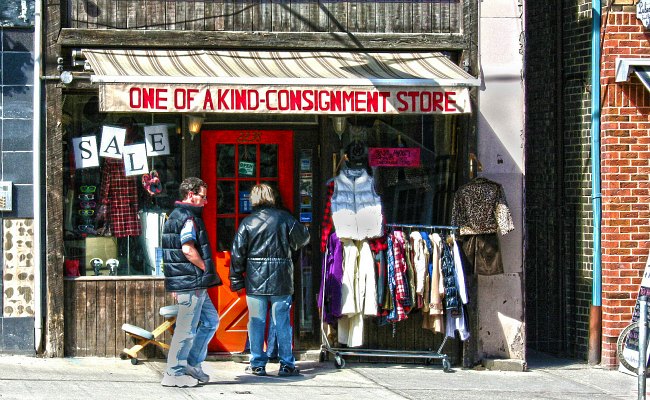Closeouts On Consignment. A Great Way To Sell Surplus Inventory.

Consignment refers to an arrangement with closeout brokers where goods are placed in the care of liquidators until the items are purchased by a closeout buyer. The owner of the goods — the consignor – retains ownership of the items until they sell. When the item sells, the shop or person who sold the product — the consignee — would pay the owner an agreed upon portion of the proceeds when they sell excess inventory. Since there is always a need for distributors to liquidate and sell surplus inventory, consignment opportunities will continue to exist.
Even with obvious disadvantages, there may be times when you may decide that consignment selling can be the best option to sell excess inventory. It can be used as a marketing tool for companies that need to liquidate housewares, sporting goods, closeout toys or sell excess inventory of any kind. When you sell surplus inventory on consignment it creates no obligation on the part of the closeout brokers in the event they do not sell. As a result, such practice can provide an attractive incentive for the dealer, at least to stock your merchandise and try to get rid of it for you. The dealer has no risk and you have your merchandise until it is finally liquidated. Closeout brokers like consignment deals because there is little risk involved.
Examples of goods often sold on consignment include home accessories, sporting goods, toys, giftware, housewares, lawn and garden closeouts, backpacks and seasonal goods. When import and wholesale companies need to liquidate and sell excess inventory there is an opportunity to move goods on consignment.
When the consignee sells the goods received, they pay the closeout broker a predetermined sale amount. The consignor would then record a debit to cash and a credit to sales. They would also purge the related amount of excess inventory as a debit to cost of goods sold and a credit to inventory.
If the consignee is unable to sell surplus inventory that has been tendered to them, they are able to return the goods to the consignor (before a specified date). Therefore, the consignor bears the risks and rewards of ownership, while the consignee is not required to pay for the goods until they are sold. Liquidation by consignment has become popular as closeout companies and overstock distributors look for new and unique ways to distribute their excess and unwanted inventory.
More and more inventory liquidators are re-contacting sellers for both in-store and online consignment to improve their exposure and maximize their chances to sell surplus inventory.. With consignment sales the sender remains the owner of the overstock inventory until it is sold by the consignee. The consignee only pays for the purchase of the excess merchandise once a sale has been made. They must send their revenue from the sale to the sender at the same time. If the products aren’t sold, they can be returned. This means that the consignee does not have to bear the costs associated with unsold inventory or surplus merchandise.
Merchandise USA is a closeout liquidator that can help get rid of excess inventory. We have been buyers for overstock, closeouts, obsolete and surplus inventory.



